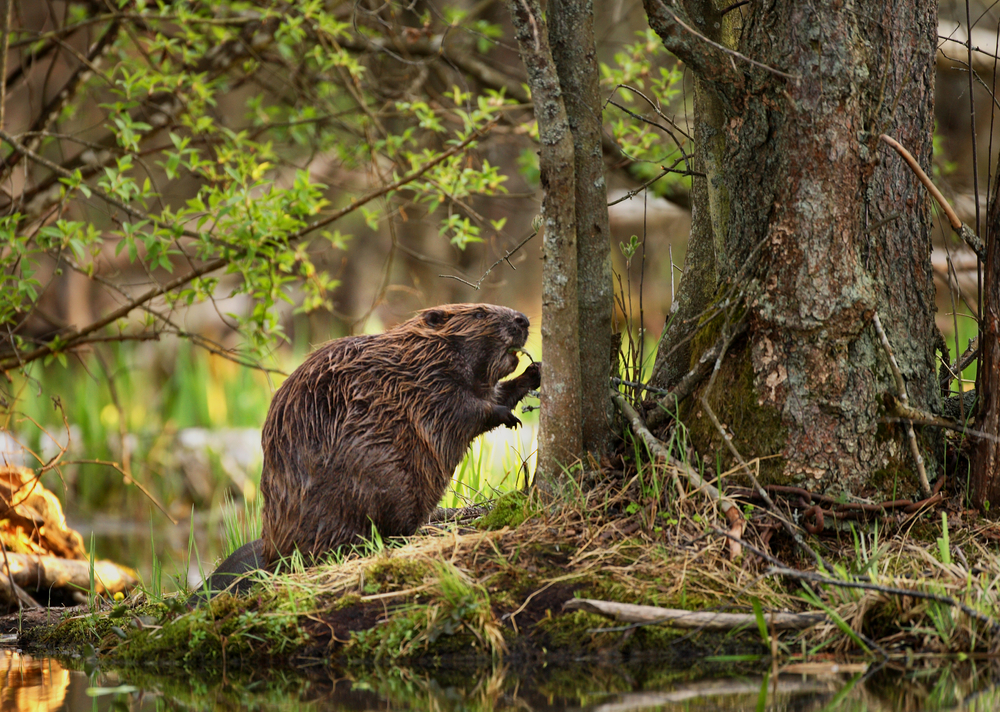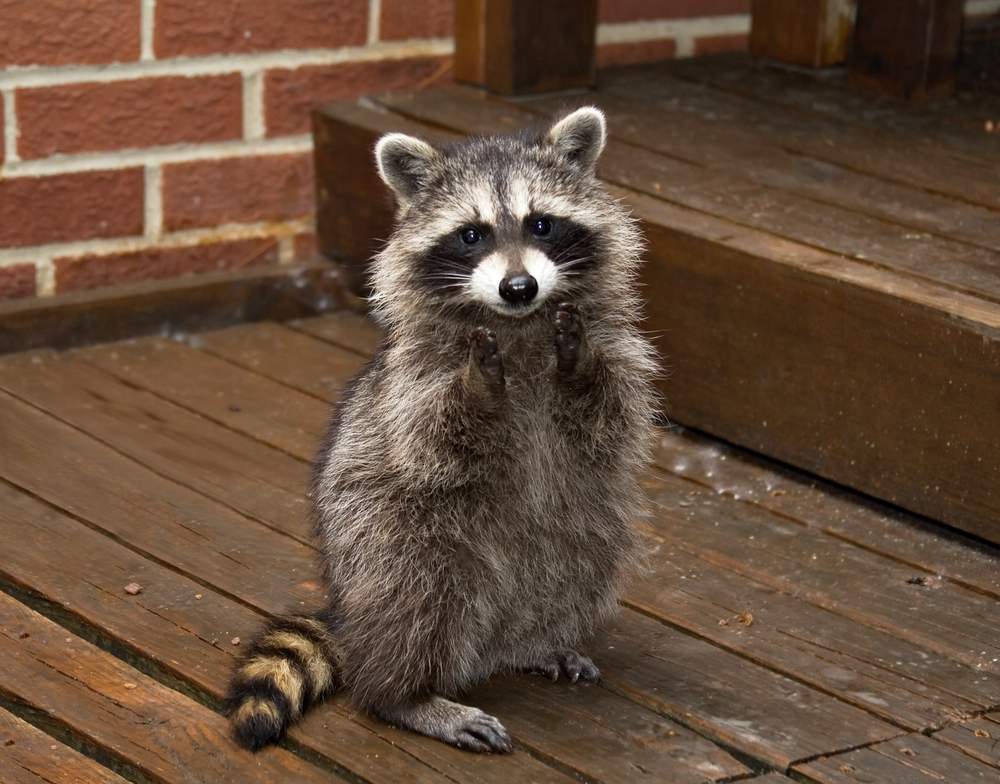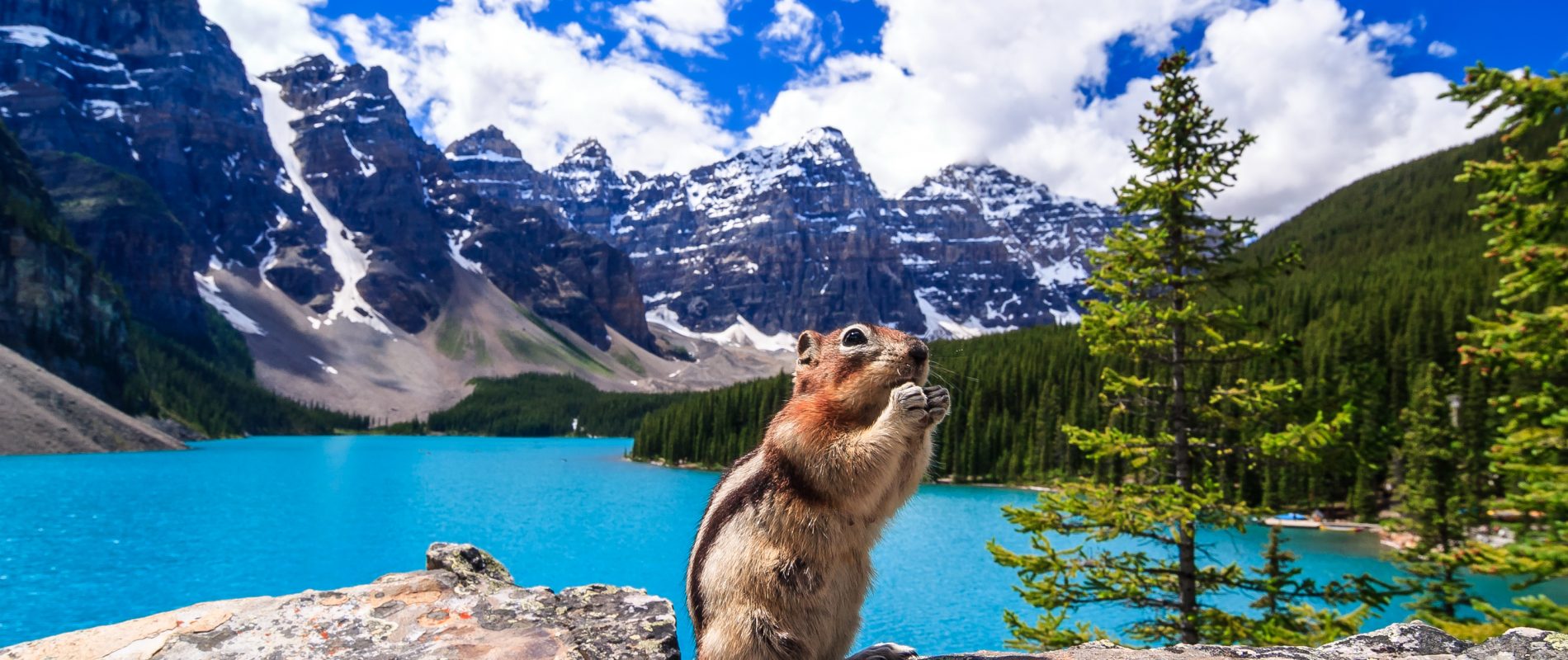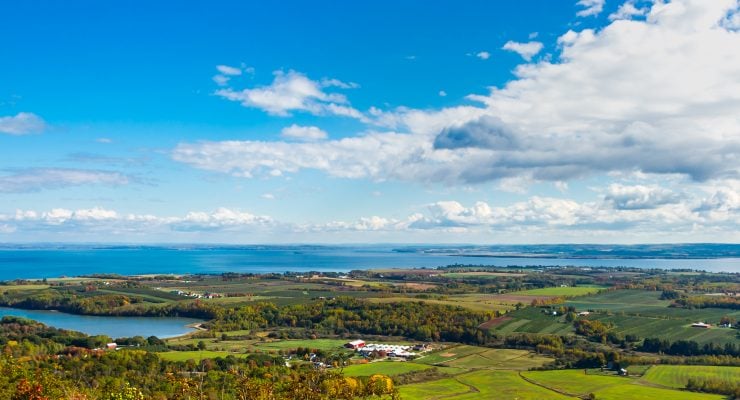Common critters and bugs
Many Canada-bound travellers are nature enthusiasts who look forward to exploring a country home to bears, moose, whales and dozens of smaller but equally fascinating creatures. You won’t be disappointed—this is the perfect destination to adventure outdoors and meet wildlife you’ve read about on Wikipedia!
Not exactly into backcountry camping but totally into cute critters? Don’t worry, cities are full of surprises, and a few creatures should be waiting for you (and not just mosquitoes…!).
And for a true Canadian wilderness experience and chance to see animals in their natural habitat, there are dozens of national and provincial parks to explore.
Now let us introduce you to a few animals you should see—and occasionally avoid!—during your trip to Canada.
Common critters and bugs
Squirrels, Canada’s top city critter

It’s easy to spot newcomers in Vancouver, Montreal or Toronto—look out for anyone trying to take pictures of cute squirrels climbing trees, crossing streets or just gathering food for the long winter ahead! Locals are used to them but it’s quite fascinating to see squirrels apparently unruffled by human activity.
Most squirrels in Canada are sciurus carolinensis, aka eastern gray squirrels. They can actually be grey or black, but it’s the same species. They are usually pretty big and locals compare them to “rats with a cute tail.”
There are 22 species of squirrel in Canada, including two types of flying squirrel. With a skin fold along its flanks and attached to its feet, the northern flying squirrel is a proficient glider—up to 50 metres between two trees! You will find it in evergreen forests from Yukon to Nova Scotia.
Keep an eye out for chipmunks, especially if you’re about to enjoy a snack on a hike. These tiny and superfast squirrels love to steal and hoard food. Don’t feed wild chipmunks though, it’s not good for their diet.
Beavers, an emblem of Canada

You will find beavers on clothing, crests, mastheads and even on the five-cent coin—this hardworking rodent is a part of Canadian identity.
This cute animal helps keep ecosystems healthy by creating wetland habitats for other species, like beetles who thrive in ponds. Beavers relentlessly build dams and lodges, improving water quality and increasing biodiversity, even if dams can be in the way of migrating fishes.
The beaver was near extinction in the mid-19th century because they were hunted for their fur. Canada’s largest rodent is now thriving with a population of 10-15 million in North America. They are hard to spot, though, because they mostly work quietly at dawn and dusk.
Raccoons, the masked creatures

The North American raccoon is perfectly comfortable in urban settings, especially in suburbia, and they love exploring full trash cans and letting you deal with the messy aftermath. You may spot one at night in your backyard, especially if it’s garbage pickup day. They tend to seek shelter in attics and barns when they are nesting.
In the wild, they love wetlands and marshes. They often hide in hollow trees, unoccupied burrows or piles of wood.
Raccoons are clever and cute with their black stripe of fur running across their face like a mask, but adult males can be aggressive and these animals are among the most often infected with rabies, so keep your distance.
Skunks, cute but potentially smelly
Skunks are easy to spot with their pair of white stripes running down both sides of their body. And if you don’t see them first, you will probably smell their famous defence mechanism at one point or another during your stay in Canada—when threatened, skunks raise their tail, stomp their feet as a warning, then spray a noxious chemical.
Removing the notoriously long-lasting and overpowering skunk odour requires quick action and the right products. If your pet gets sprayed, try a homemade mixture of hydrogen peroxide, baby shampoo or grease-cutting dish detergent and baking soda… or a store-bought solution, because it’s a common issue!
That said, skunks don’t go wander around looking for people to spray. It’s a defence mechanism, so keep your distance and you will be fine.
Mosquitoes, black flies and ticks, here to bug you!
If you’re starting your Canadian adventure in summer, chances are the first animal you will see is a big, nasty mosquito. The wetter the spring, the rougher the summer because mosquitoes lay their eggs in standing water. Forests are buzzing with these annoying insects who can ruin the hike of ill-prepared newbies.
Black flies are just as nasty. They leave behind a painful, itchy bite and while they don’t carry diseases (… yay?), they can trigger a systemic reaction called “blackfly fever” that includes headache, nausea, fever, weakness, and swollen lymph nodes.
If you’re prone to allergic reactions, avoid forest hikes and damp environments during peak mosquito and black fly season.
Ticks are another level of nasty because they leave a painful bite and black-legged ticks can carry Lyme disease. Antibiotics are available if you notice redness around a bite—talk to a healthcare provider. For more info, read Lyme disease: prevention and risks and advice to avoid ticks.
A few tips to avoid itchy bites:
- Unlike in many parts of the world, most North American homes come with window screens, so you can enjoy a fresh breeze and keep buzzing bugs from ruining your night. Just check the insect screen for tears and damage.
- Cover your arms and legs if you’re going hiking. Wear long sleeves, socks and pants, and make sure to tuck in your t-shirt to avoid leaving your belly or lower back exposed to hungry bugs!
- You may want to bring a mosquito head net for complete protection in some wild areas.
- Avoid wearing perfume and using scented laundry or skincare products.
- Use a repellent with DEET for the best protection. Check the concentration before using these products—they are very effective but some people are sensitive to DEET and it’s toxic when highly concentrated. Choose the “family” version for kids.












 Français
Français English
English




0 comments
{{like.username}}
Loading...
Load more